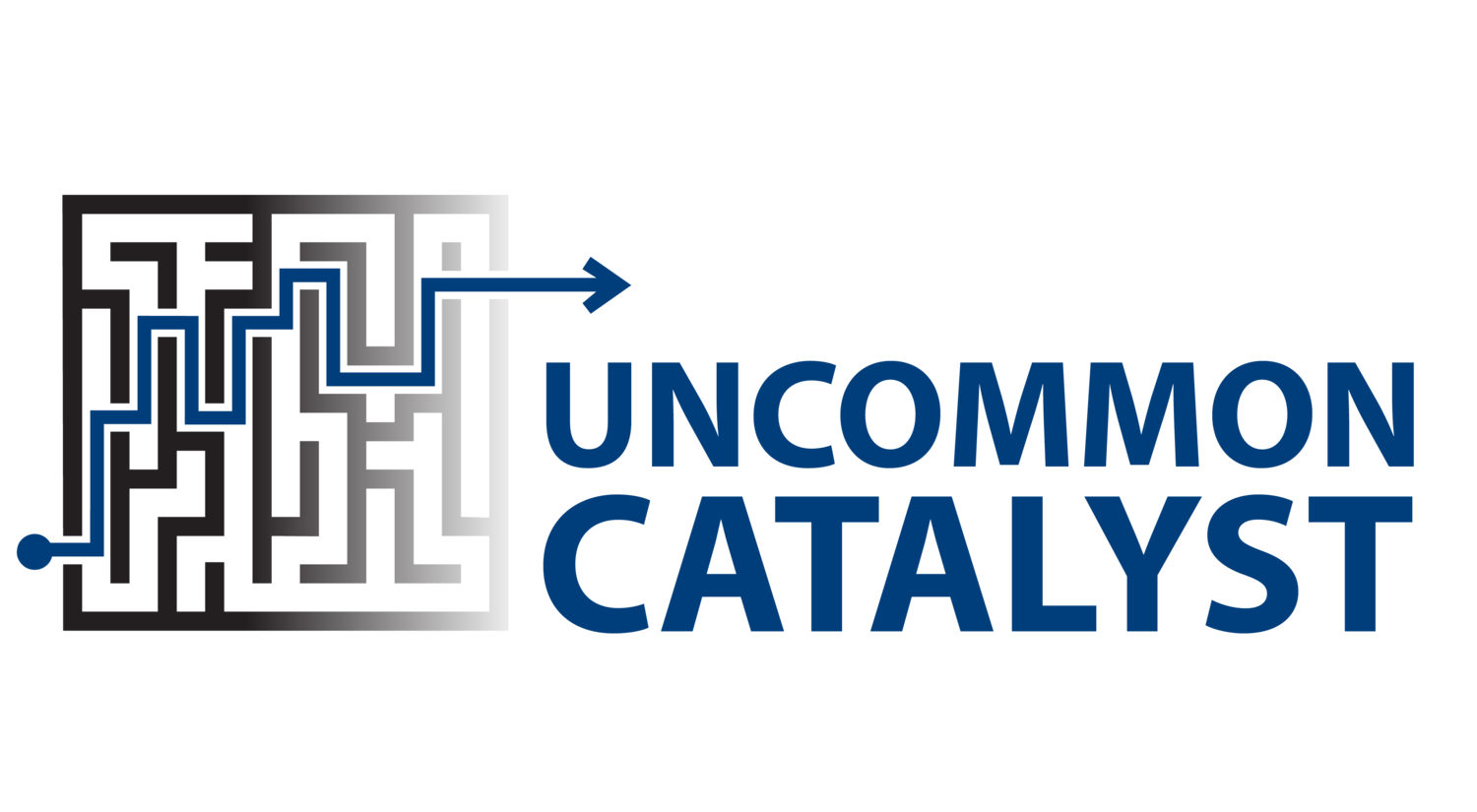Flashback Friday: Proposal for World Wide Web
/On March 12th, 1989, Tim Berners-Lee, a computer scientist at CERN, had a big idea: to make sharing information on the Internet easier. He submitted a proposal outlining his vision, but it was more like a rough sketch than a detailed plan. Still, it caught attention and set the stage for what would become the World Wide Web. +Despite the initial uncertainty, Berners-Lee continued improving his idea. On March 19, 1989, Tim Berners-Lee pioneered a system that allowed information to be shared and accessed globally, laying the foundation for modern internet usage. By creating a decentralized network of information, Berners-Lee's innovation democratized access to knowledge, bridged geographical boundaries, and transformed the way we communicate, learn, and conduct business. His vision of a more open, interconnected web has shaped our digital landscape, making the internet an indispensable tool for nearly every aspect of modern life. As we reflect on the impact of Tim Berners-Lee's groundbreaking invention, we are reminded of the power of one individual to spark a revolution that transcends borders and connects humanity in ways previously unimaginable.In 1990, he went back to CERN with a clearer plan. He explained how it would function: a way to connect Internet documents using a browser and servers. This marked a crucial point—the beginning of the familiar World Wide Web. With this proposal, Berners-Lee set in motion a digital revolution that would change the world. The World Wide Web democratized access to information, connecting people across the globe in ways never before imagined. It all began with a clever concept and a simple yet effective strategy. That ignited a big change in our world as we know it and how we live.

